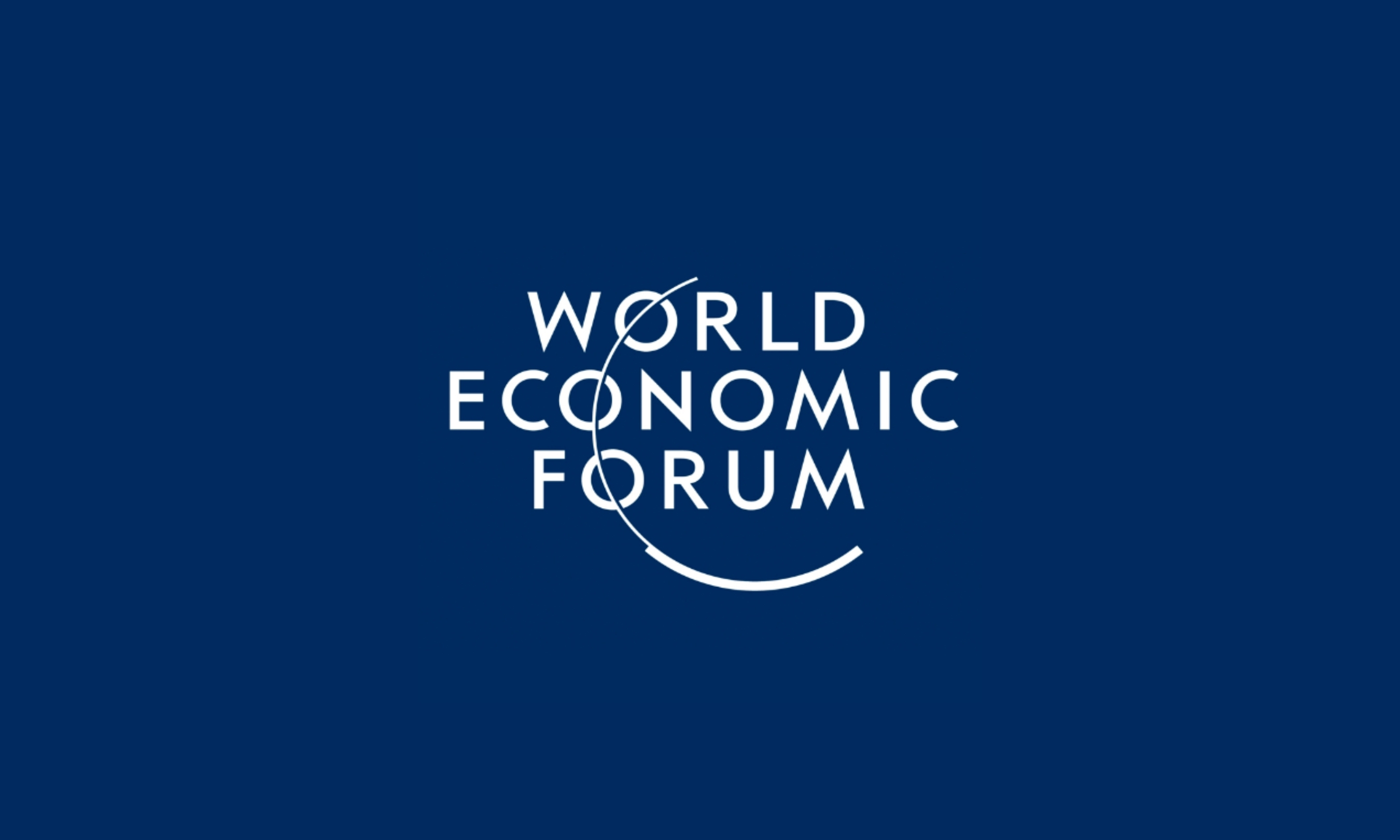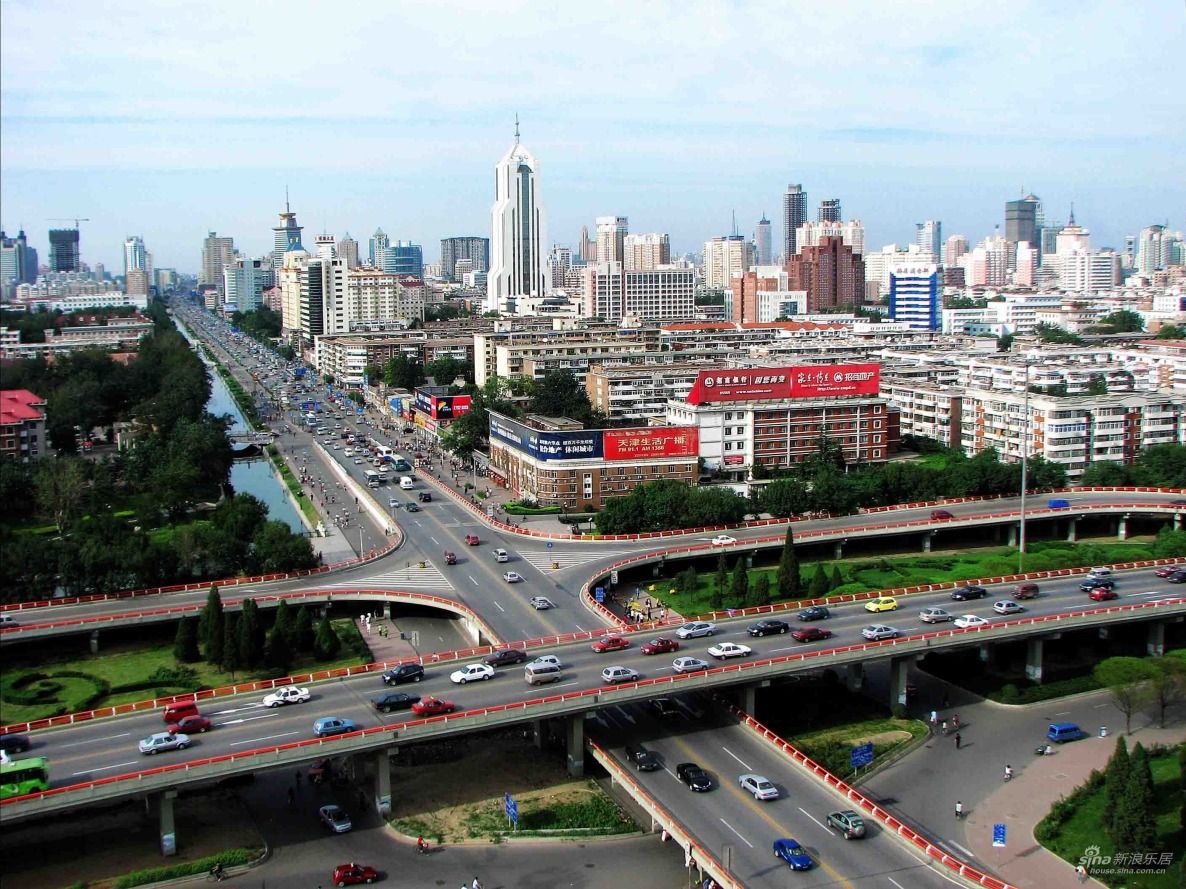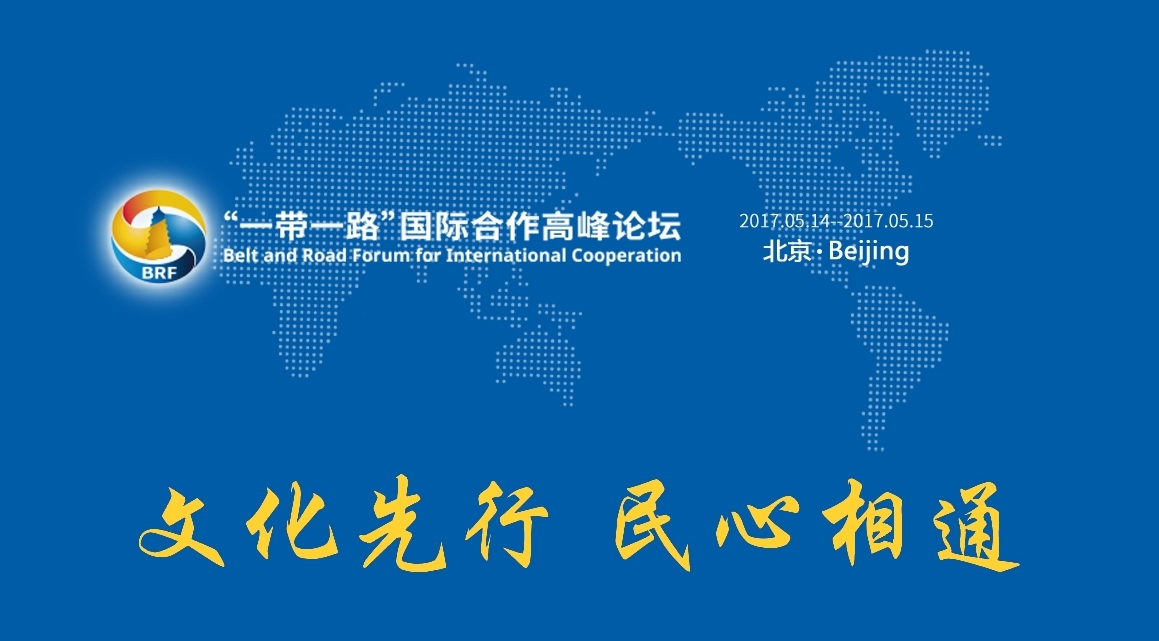Die Stadt Dalian ist eine der bekanntesten und größten Städte in der chinesischen Provinz Liaoning im Nordosten des Landes. Dalian liegt an der Bohai-Bucht gegenüber der Provinz Shandong, an der nördlichen Seite des Gelben Meeres. Der Hochseehafen von Dalian ist der nördlichste eisfreie Hafen in China.
Der Hafen von Dalian wurde bereits früh durch westliche Seemächte als Stützpunkt in China genutzt und auch heute leben viele westliche Ausländer in der Stadt. Zahlreiche westliche und japanische Firmen haben Produktionsstätten in den Sonderwirtschaftszonen von Dalian.
Zusammen mit den Städten Chengdu und Hangzhou erhielt Dalian im Jahr 2006 die Auszeichnung "Beste Touristische Stadt Chinas" durch das chinesische Nationale Tourismus-Büro.(Quelle:http://www.forumchina.de/staedte-china/dalian/)
Dalian (chinesisch 大連市 / 大连市, Pinyin Dàlián Shì, W.-G. Talien Shìh; jap. Dairen-shi, kurz: 連 / 连, Lián), historisch Lüda bzw. Lüta (旅大市, Lǚdà Shì, Lǚta Shìh), ist eine Hafenstadt in der Provinz Liaoning, China. Als eine der 15 Unterprovinzstädte der Volksrepublik hat sie eine Fläche von 12.574 km² und ca. 6,69 Mio. Einwohner (2010), davon 3.902.467 (2010) im urbanen Stadtraum.[1] In Dalian befindet sich Chinas nördlichster eisfreier Seehafen.
2016年6月14日,中科院对外发布《中国宜居城市研究报告》显示,大连宜居指数在全国40个城市中排名第四。 2016年12月30日,国家发改委等四部门确定大连市等13个城市为东北地区民营经济发展改革示范城市。
大连市(Dalian/Dairen),旧称旅大市,别称鲲城、滨城,旧名达尔尼、青泥洼。位于中国辽东半岛南端,东濒黄海,西临渤海。是中华人民共和国的5个计划单列市之一、15个副省级城市之一、也是全国14个沿海开放城市之一;也是东北亚国际航运中心、东北亚国际物流中心、区域性金融中心。
大连地处黄渤海之滨,与山东半岛隔海相望,冬无严寒,夏无酷暑,素有“北方明珠”、“浪漫之都”之称,是中国北方沿海重要的经济、金融、贸易、港口、工业、旅游城市。2001年大连成为中国第一个被联合国环境规划署授予“全球环境500佳”的城市。2006年与杭州和成都一起被评为中国最佳旅游城市。2009年大连获得全球“国际花园城市”最高级别组的第一名[6]。大连是夏季达沃斯世界经济论坛新领军者年会的举办城市。大连位列2010年度中国城市综合竞争力第八名(含港澳)[7]。
大連市(だいれん/ダーリェンし、中国語:大连市、英語:Dalian / Dairen City、旧名:ダルニー市、英語:Dalniy City)は、中華人民共和国遼寧省の南部に位置する地級市(地区クラスの市)。経済的重要性から省クラスの自主権をもつ副省級市にも指定されている。大連市総人口は約600万人超(市区人口は211万、都市的地域の人口は325万人)であり[1]、遼寧省では省都の瀋陽市に次ぐ大都市である。 大連市はアジア大陸の東海岸に位置し、中国東北遼東半島の最南端にあり、東経120度58分〜123度31分、北緯38度43分〜40度10分にまたがり、この緯度付近には日本の仙台市、アメリカ合衆国のサンフランシスコ市、ワシントンD.C.、ギリシャのアテネ市がある。東は黄海、西は渤海、南は山東半島と海を隔てて向かい合い、北は広大な東北平野に隣り合っている。大連は東北、華北、華東地域が世界各地とつながる海上の門口であり、最も重要な港、貿易、工業、観光都市である。
Dalian is a major city and seaport in the south of Liaoning Province, China. It is the southernmost city of the Liaodong Peninsula. Dalian is the province's second largest city and has sub-provincial administrative status.[5] The Shandong Peninsula lies southwest across the Bohai Strait and Korea lies across the Yellow Sea to the east.
Today a financial, shipping and logistics centre for Northeast Asia, Dalian has a significant history of being used by foreign powers for its ports. Dalian was previously known as both Dalniy[6] (Russian: Дальний; Dal'nii) and Dairen (Japanese: 大連). However, the city was better known as Port Arthur (Russian: Порт-Артур; Port-Artur) and Ryojun (Japanese: 旅順) from the original Port Arthur, now the city's Lüshunkou district.
In 2016, Dalian ranks 48th in the Global Financial Centres Index, the other Chinese cities on the list being Hong Kong, Shanghai, Shenzhen, Beijing and Qingdao.[7] In 2012, Dalian ranked 82nd in the Global City Competitiveness Index.[8] In 2006, Dalian was named China's most livable city by China Daily.[9]
Dalian (chinois simplifié : 大连 ; chinois traditionnel : 大連 ; pinyin : ; Wade : Ta⁴lien² ; EFEO : Talien ; cantonais Jyutping : Daai⁶lin⁴, également nommée Lüda et en japonais Dairen) est une ville de la province du Liaoning en Chine, donnant sur le golfe de Corée. Sa population permanente était de 6 690 432 habitants en 2010, d'après le recensement officiel2. C'est une importante ville industrielle, son port est le troisième port de Chine, et le premier pour les hydrocarbures. Elle a le statut administratif de ville sous-provinciale. On y parle le dialecte de Dalian du mandarin jiaoliao.
Aujourd'hui, Dalian est une des villes à l'architecture la plus « occidentale » de Chine, à la suite des occupations russe et japonaise du Dongbei. C'est une ville riche, où de nombreux investisseurs en provenance de la Corée toute proche et du Japon ont des usines et des entreprises. La place de la mer d'étoiles (place Xinghai) est la plus vaste place urbaine dans le monde (1 100 000 m2).
C'est également une ville connue pour son festival de la mode et son dynamisme dans ce domaine.
Dalian (cinese semplificato: 大连; pinyin: Dàlián) è una città della Cina nella provincia del Liaoning. Conta circa 6,2 milioni di abitanti ed è il principale porto della sua provincia e il terzo per importanza di tutta la Cina.
Dalián (en chino: 大连市, pinyin: Dàlián) es una ciudad-subprovincia y puerto en la provincia de Liaoning, República Popular China. Se ubica en las orillas del mar de Bohai.
Durante la ocupación japonesa recibió el nombre japonés de Dairen. Durante la época de dominio ruso se la conoció con el nombre ruso de Dalny. En 1955, la ciudad pasó a soberanía de China y, hasta 1981, el nombre oficial de la municipalidad fue Lüda (o Lü-ta), contracción de las primeras sílabas de "Dalian" y de la zona portuaria aledaña conocida como "Lǚshùnkǒu" (旅顺口 / 旅順口), que en la época de dominio ruso era conocida en Occidente como Port Arthur.
Даля́нь (кит. трад. 大連, упр. 大连, пиньинь: Dàlián) — город субпровинциального значения в провинции Ляонин в северо-восточной части Китая, порт в заливе Даляньвань Жёлтого моря на южной оконечности полуострова Ляодун — Квантунском полуострове. Второй по величине город провинции Ляонин. На западе примыкает к Бохайскому заливу и является частью формирующейся экономической зоны Бохайского кольца. Кроме того, является «воротами» для cеверо-восточных провинций КНР.
Длина береговой линии — 1906 км. Сюда входят 618 км побережья многочисленных островов[3]. Рельеф гористый. Климат умеренный муссонный.
Население всего городского округа, включая сельскую местность — 6,7 млн человек. Из них в самом городе проживают 2,7 млн чел., вместе с ближайшими пригородами (Люйшунькоу, Цзиньчжоу) насчитывается около 4 млн чел..
Городом в разное время владели Япония и Россия, отражение этого можно видеть в архитектуре городского центра. В состав Даляня входит район Люйшунь, где находилась крепость Порт-Артур.
Далянь является крупным транспортным, туристическим и финансовым центром КНР, в 2006 году назван наиболее благоприятным для проживания городом Китая в рейтинге крупнейшей англоязычной газеты КНР China Daily.

 World Economic Forum,WEF
World Economic Forum,WEF
 Architecture
Architecture
 Exhibition
Exhibition
 Vacation and Travel
Vacation and Travel

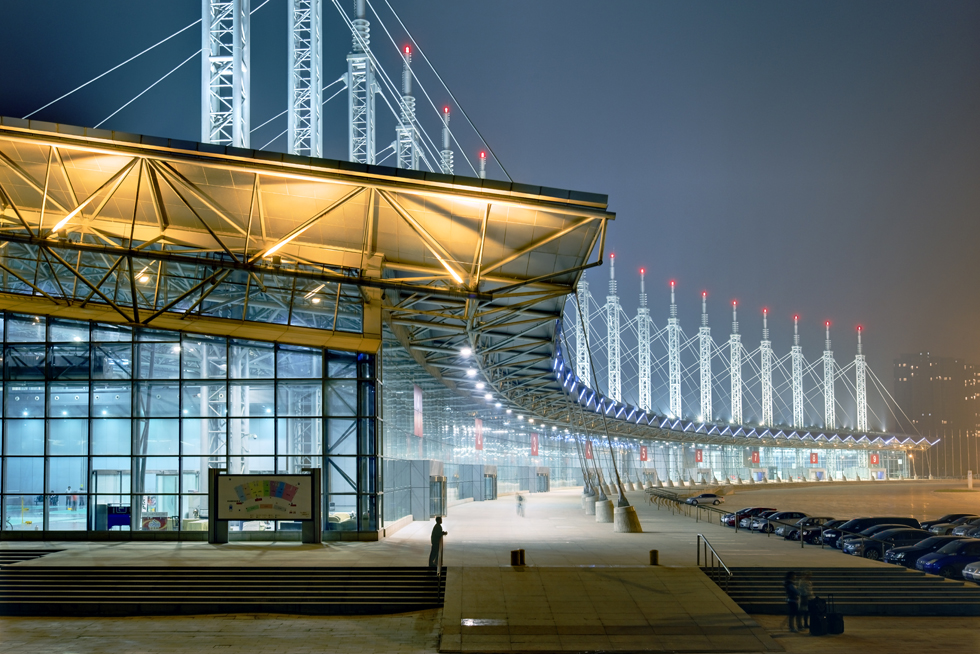
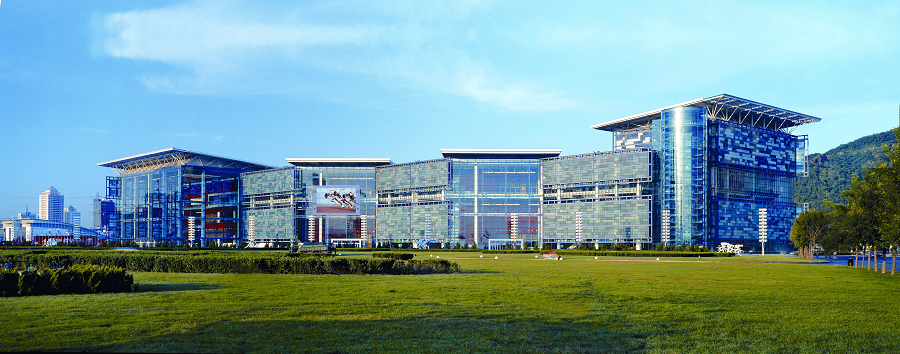
 International cities
International cities
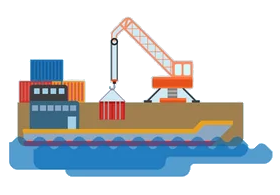 Important port
Important port
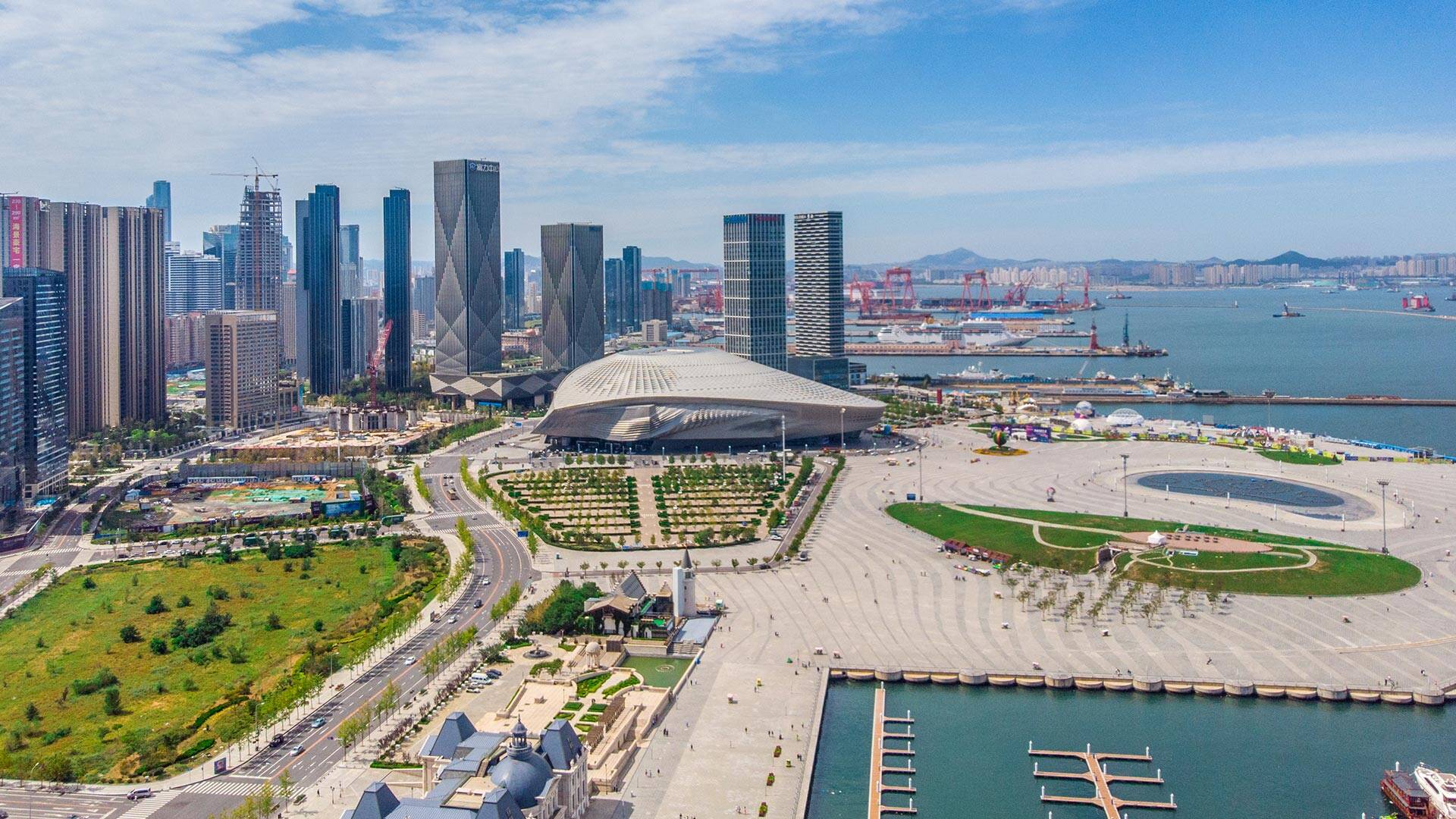
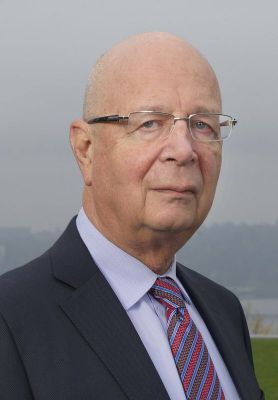
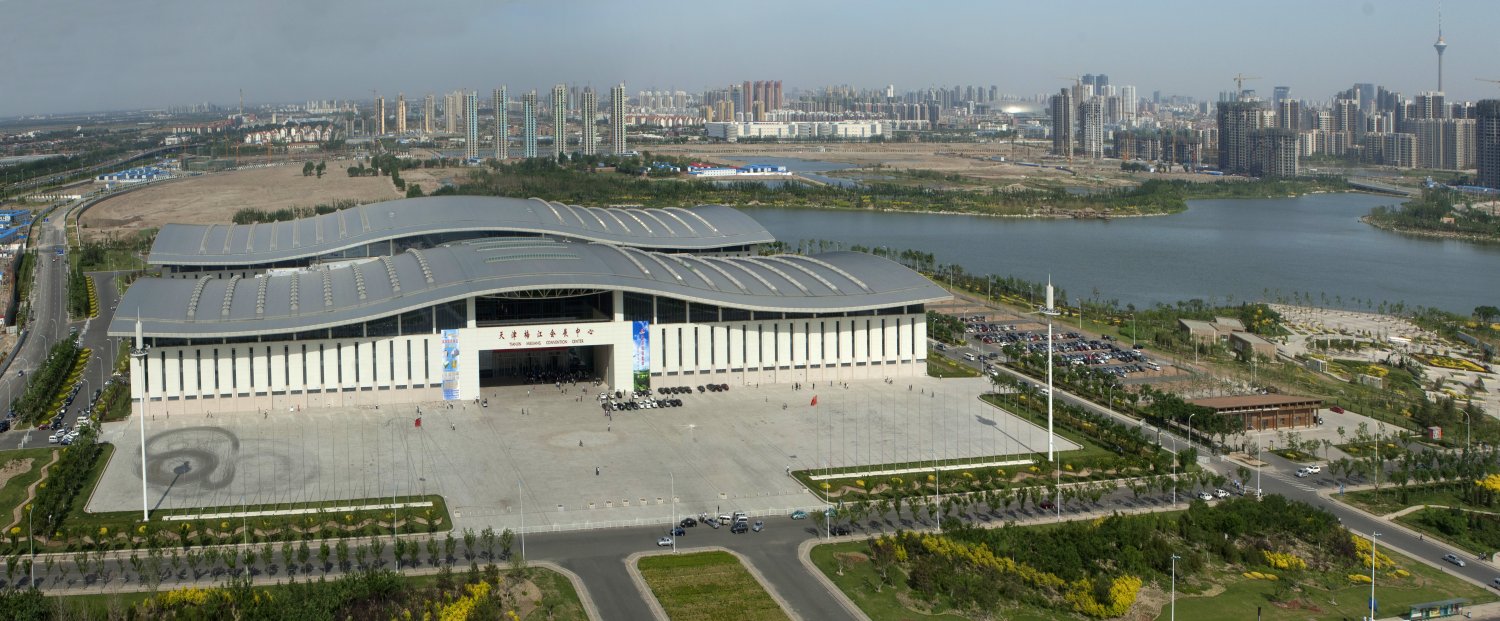
 Financial
Financial
 Energy resource
Energy resource
 Hand in Hand
Hand in Hand
 Party and government
Party and government
 Important International Organizations
Important International Organizations
 Economy and trade
Economy and trade
